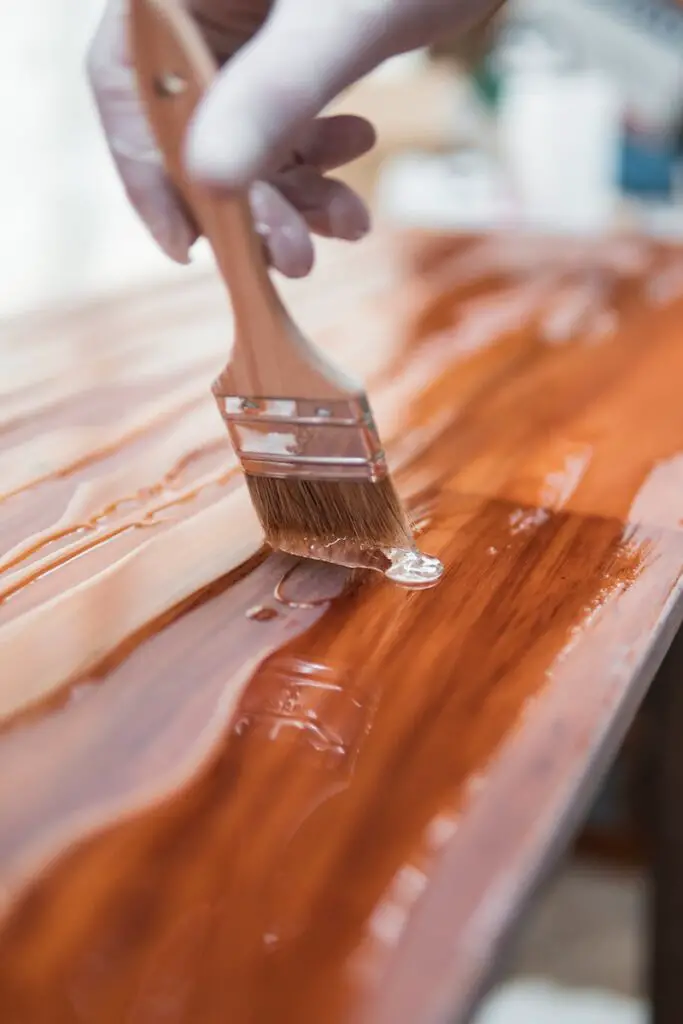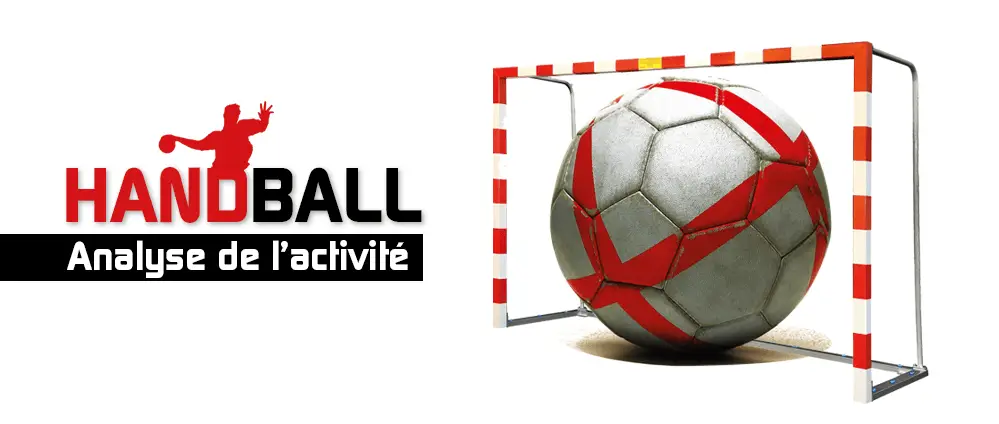THE handball glue, also called glue handball, is a sporting discipline which has gradually taken its place within federations and clubs. It is characterized by the use of a resin on the players’ hands to make it easier to grip the ball. This substance, although controversial, has established itself as an essential element for many practitioners. In this article, we will discuss the different aspects of glue handball and the reasons for its success.
The rise of glue handball within federations
Previously, the practice of handball did not require the use of resin. However, with time and the evolution of the level of play, it was found that this substance provided better grip and allowed players to perform more spectacular technical actions. Thus, it was gradually adopted by federations and clubs, despite initial bans.
Gradual adoption of resin
The first uses of resin date back to the 1970s, particularly in Scandinavian countries. At the time, it was mainly used to overcome adhesion problems linked to cold and humidity. However, given the advantages it provided, more and more teams began to use it regularly.
This led to a certain tolerance on the part of the governing bodies, who ultimately authorized its use in official competitions. Today, resin is used by the majority of teams and is an integral part of modern handball.
Rules governing the use of resin
In order to avoid abuse and guarantee a certain balance between the teams, strict rules govern the use of resin in matches. Among them :
- Only certain brands of resin are authorized by the federations.
- The amount of resin on players’ hands should be limited.
- Referees may ask players to remove excess resin before the start of the match.
The advantages of handball glue for players
The main advantage of resin lies in improving the grip of the ball. In fact, thanks to this substance, players can grip the ball with more precision and force, making it easier to pass, shoot and dribble. In addition, the resin makes it possible to perform complex technical actions, such as feints or coos, which contribute to the spectacle of handball.
Better grip on the ball
The resin provides increased grip between the players’ hands and the ball, which allows better control of the game. Passes are thus more fluid and shots more precise, making handball more dynamic and spectacular.
Facilitated technical actions
The use of resin has also given rise to new technical actions, previously impossible to achieve without this aid. Among them, we can cite the famous “kempa” or “inverted”, which appealed to both players and spectators.
Controversies surrounding the use of resin
Despite its advantages, the use of resin in handball glue is not without criticism. Indeed, it is often singled out for the problems it causes, particularly in terms of the maintenance of sports halls and the health of players.
Damaged sports halls
Resin is a sticky substance that easily adheres to gym floors and walls. Therefore, it can cause significant damage if it is not cleaned regularly. This represents an additional cost for town halls, which must assume maintenance and repair costs.
Risks to the health of players
Some experts believe that regular use of resin could have adverse effects on players’ health. In particular, it has been suggested that it could cause skin allergies or respiratory tract irritations. However, these hypotheses have not been confirmed by scientific studies and remain subject to debate to this day.
Handball glue, a strategic choice for clubs
Faced with the controversies surrounding the use of resin, certain clubs have chosen to continue to practice handball without this substance. However, it is undeniable that it offers competitive advantages to the teams that use it. Thus, depending on sporting objectives and budgetary constraints, each club must weigh the pros and cons before integrating glue handball into its practice.


